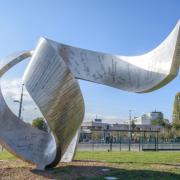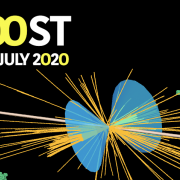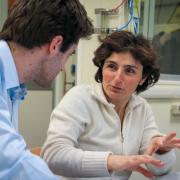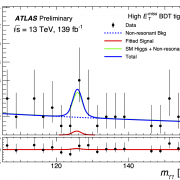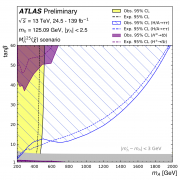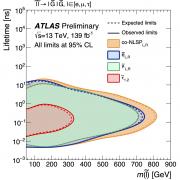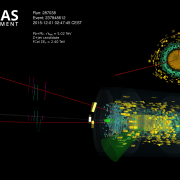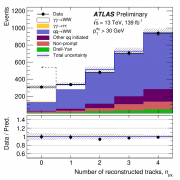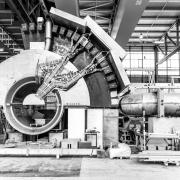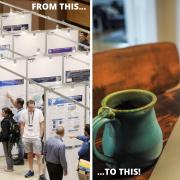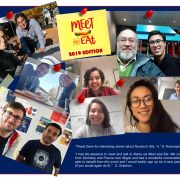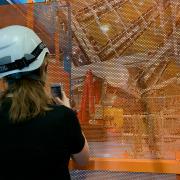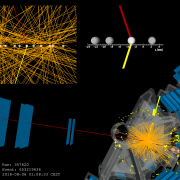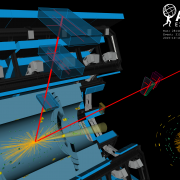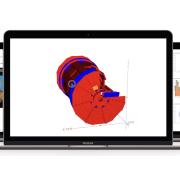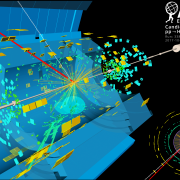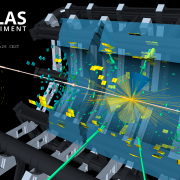Access to Collaboration Site and Physics Results
Updates tagged: “LHCP16”
 Figure 1.png%3Fitok=JTtACUAv)
Continuing the search for extra dimensions
For a long time, physicists have assumed that space-time has four dimensions in total – three of space and one of time – in agreement with what we see when we look around us. However, some theorists have proposed that there may be other spatial dimensions that we don’t experience in our daily lives.
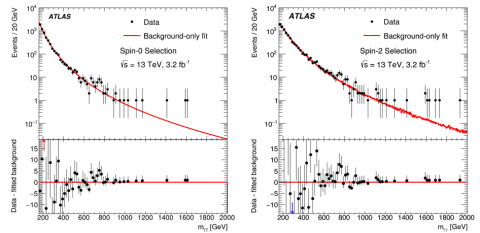
Di-photons in the spotlight
The ATLAS collaboration has now released the final results on the search for new physics in the di-photon channel using 2015 data.
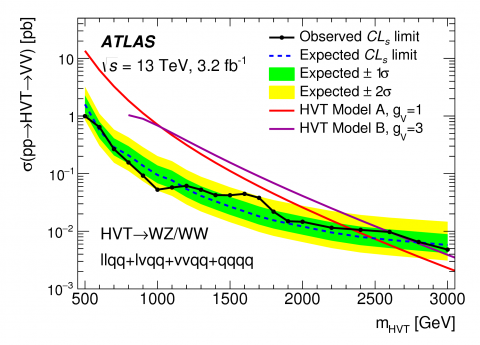
Something went bump in the night
ATLAS has published hundreds of studies of LHC data, with the Higgs boson discovery being perhaps the best known. Amongst the Run 1 searches there was one which stood out: the diboson excess.
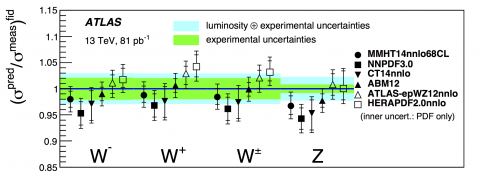
A peek inside the proton…
When the protons from the LHC collide, they sometimes produce W and Z bosons, the massive carriers of the weak force responsible for radioactive decays. These bosons are produced in abundance at the LHC and ATLAS physicists have now precisely measured their production rates using 13 TeV proton-proton collision data recorded in 2015.
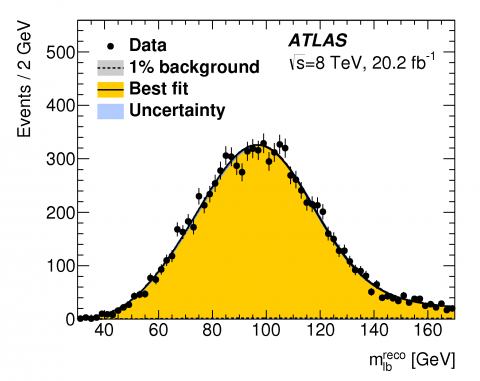
Weighing in on the top quark mass
ATLAS has released a new precise measurement of the mass of the top quark, the heaviest known elementary particle.
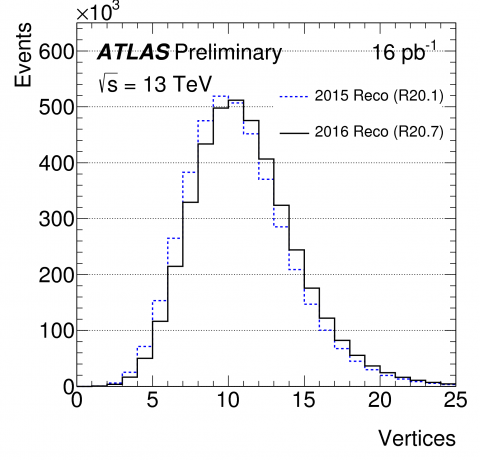
Stacking the building blocks of the 2016 ATLAS physics programme
2016 is set to be an outstanding year for the ATLAS experiment and the Large Hadron Collider. We’re expecting up to 10 times more data compared to 2015, which will allow us to make precise measurements of many known physics processes and to search for new physics.
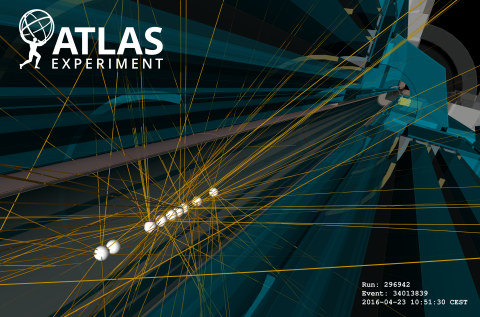
ATLAS to present new results at LHCP conference
The Large Hadron Collider Physics (LHCP2016) conference kicked off today in Lund, Sweden. Held annually, the LHCP conference is an opportunity for experimental and theoretical physicists to discuss results from across the high-energy physics community. From Standard Model Physics and Heavy Ion Physics to Supersymmetry and other Beyond Standard Model investigations, the conference unites the disciplines to examine recent progress and consider future developments.


